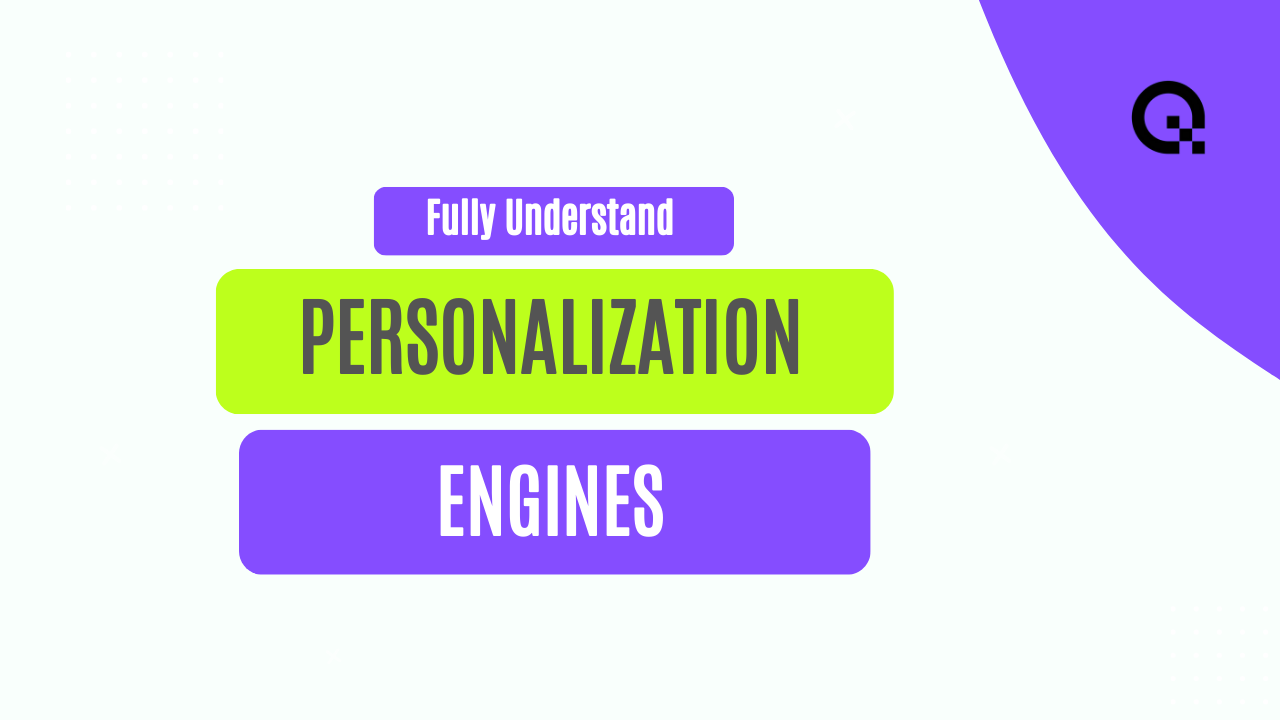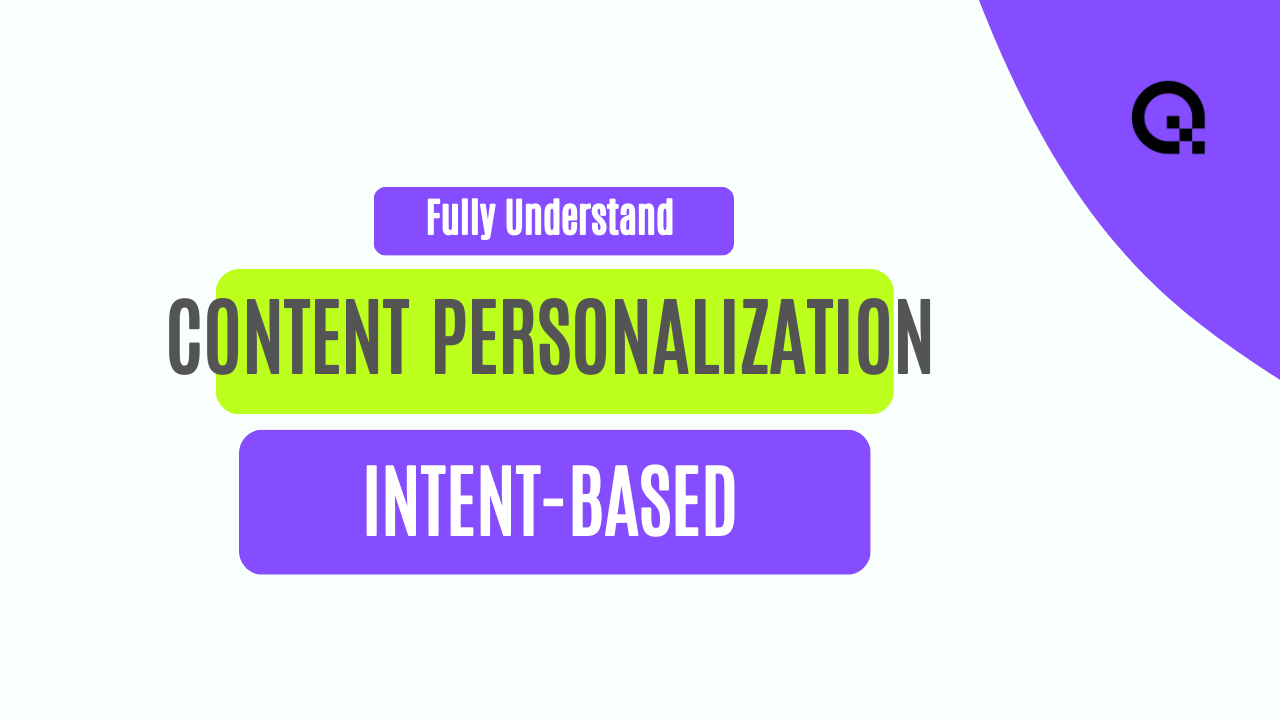The Power of Real-Time Personalization Engines
In today's digital age, personalization is key to engaging customers and driving conversions. Real-time personalization engines are revolutionizing the way businesses interact with their audience, providing tailored experiences that are relevant and timely.
What is Real-Time Personalization?
Real-time personalization involves dynamically changing website content based on user behavior, preferences, and other data points. This allows businesses to deliver a personalized experience to each visitor, increasing engagement and ultimately, conversions.
By leveraging real-time data and machine learning algorithms, personalization engines can analyze user interactions in the moment and deliver content that is most likely to resonate with them.
Real-time personalization goes beyond simple segmentation and targeting. It enables businesses to create unique experiences for each individual, fostering a sense of connection and loyalty.
The Benefits of Real-Time Personalization Engines
Real-time personalization engines offer a myriad of benefits for businesses looking to enhance their online presence:
1. Improved Customer Experience: By delivering relevant content in real-time, businesses can create a more personalized and engaging experience for their visitors.
2. Increased Conversions: Personalized content is more likely to resonate with users, leading to higher conversion rates and ultimately, increased revenue.
3. Enhanced Engagement: Real-time personalization keeps users interested and engaged, encouraging them to spend more time on the site and explore further.
How Real-Time Personalization Engines Work
Real-time personalization engines utilize a combination of data collection, analysis, and content delivery to create personalized experiences for users:
1. Data Collection: Personalization engines gather data from various sources, including user interactions, browsing history, demographics, and more.
2. Data Analysis: Machine learning algorithms analyze this data in real-time to understand user preferences and behavior patterns.
3. Content Delivery: Based on the insights gained from data analysis, the engine dynamically adjusts website content to deliver personalized experiences to each visitor.
Real-Life Examples of Real-Time Personalization
Many leading brands have successfully implemented real-time personalization engines to enhance their online presence:
1. Amazon: The e-commerce giant uses real-time personalization to recommend products based on user browsing history and purchase behavior.
2. Netflix: The streaming service leverages personalization engines to suggest movies and TV shows tailored to each user's viewing preferences.
3. Spotify: The music streaming platform delivers personalized playlists and recommendations based on user listening habits and preferences.
Final Thoughts
Real-time personalization engines are transforming the digital landscape, enabling businesses to connect with their audience on a deeper level. By delivering tailored experiences in the moment, businesses can drive engagement, conversions, and ultimately, loyalty. Embracing real-time personalization is not just a trend but a necessity in today's competitive market.



